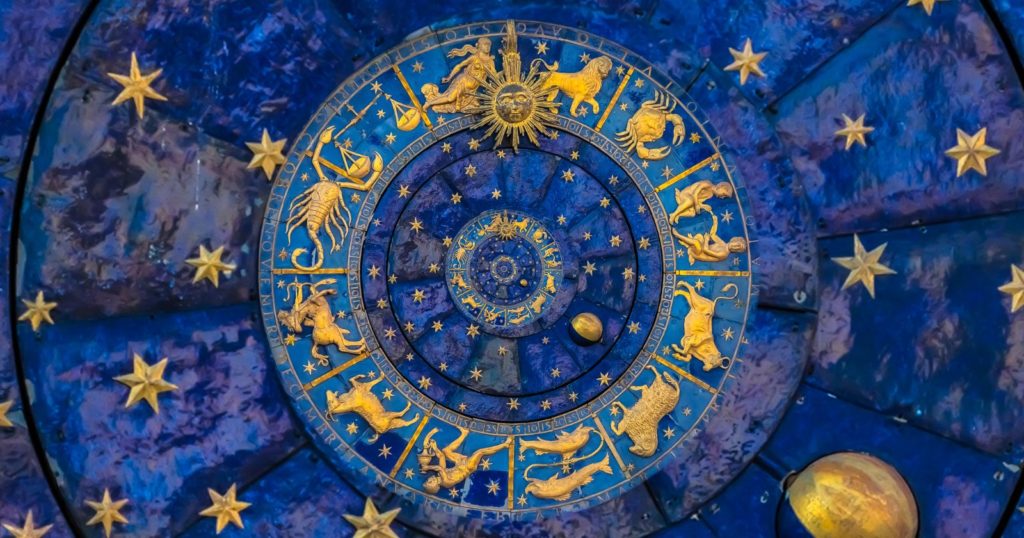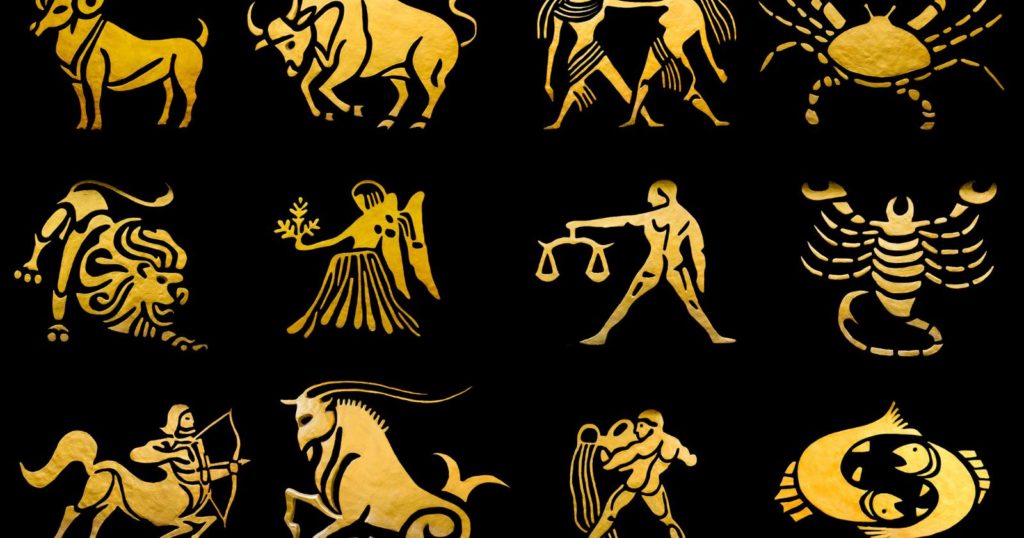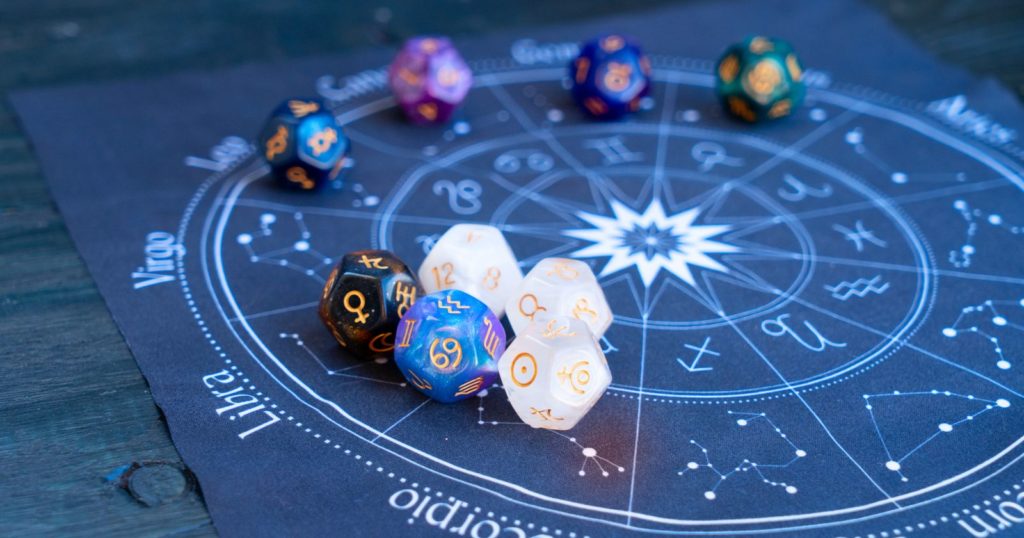The universe, in its magnificent array of stars, constellations, and galaxies, is not just a spectacle for our eyes to feast upon but a cosmic diary that paints the narrative of our lives. The zodiac, an invisible belt of the heavens containing the paths of the sun, moon, and planets, is our direct link to this celestial story. Within this belt are twelve constellations, each one representing a zodiac sign which many believe significantly influences our personalities and relationships.
Imagine walking into a room filled with people from all walks of life. You interact with a handful of them, and an undeniable connection sparks with a few. You’re drawn to their energy, fascinated by their minds, captivated by their conversations, and comforted by their demeanor. Now, imagine if these connections were not as random as they appear. What if they were written in the stars? This idea has been the foundation of astrology and zodiac sign compatibility.
Astrologers across generations have suggested that certain zodiac signs are more compatible than others, with each pairing having a unique dynamic, strengths, and challenges. The study of zodiac sign compatibility—also known as synastry— is a fascinating and complex branch of astrology that can help illuminate the paths to understanding, harmony, and fulfillment in our relationships. But it is much more than just matching sun signs; it’s a delicate dance of cosmic patterns, planetary positions, and elemental energies.
This comprehensive guide will unveil the most compatible zodiac sign pairings, according to astrology. Whether you’re a seasoned astrology enthusiast or a curious novice looking to delve into the cosmic patterns that influence relationships, this article is your map to navigating the intricate world of zodiac sign compatibility. Let’s embark on this celestial journey and uncover the mysteries written in the stars.
Understanding the Zodiac Elements and Modalities
Every zodiac sign is unique, comprising distinct characteristics and traits influenced by specific elements and modalities. The ancient Greeks associated each sign with one of the four elements: fire, earth, air, and water. Similarly, each sign aligns with a modality, categorized into cardinal, fixed, and mutable. Understanding these attributes helps provide a holistic view of sign compatibility.
Fire Signs: Aries, Leo, and Sagittarius
Fire signs are known for their vibrant energy, enthusiasm, and passion. They are dynamic and often the life of the party, driven by an inherent desire to express themselves. They are incredibly passionate, which can sometimes escalate into impulsiveness. Fire signs can form strong bonds with air signs, who stoke their flames and encourage their fiery spirit. On the other hand, they may clash with water signs due to their contrasting natures.
Earth Signs: Taurus, Virgo, and Capricorn
Grounded, practical, and dependable are words that best describe the earth signs. They are deeply rooted in reality, preferring to see things as they are rather than indulging in abstract ideas or fantasies. They value stability and enjoy building tangible achievements. Earth signs tend to resonate well with water signs who provide the emotional depth and intuition that can complement their practical mindset. They may have difficulty understanding the restless energy of air signs.
Air Signs: Gemini, Libra, and Aquarius
Intellectual, curious, and social, air signs are the thinkers and communicators of the zodiac. They are continually seeking knowledge, always engaged in thought-provoking conversations, and enjoy networking. They share an intellectual bond with fire signs, inspiring and energizing them. However, the air signs might find the earth signs’ cautious nature a bit stifling.
Water Signs: Cancer, Pisces, and Scorpio
Water signs are intuitive, emotional, and empathetic. They are deep thinkers, often with an artistic streak, and have an uncanny ability to sense the feelings and emotions of others. They find comfort in the steady and reliable nature of earth signs, providing them a sense of stability. But they might feel overwhelmed by the fiery intensity of fire signs.
The modalities – cardinal, fixed, and mutable – further categorize the zodiac signs, providing additional depth to their personalities and influencing compatibility.
Cardinal Signs: Aries, Cancer, Libra, Capricorn
Initiators of the zodiac, cardinal signs, are the pioneers, always ready for action and ushering in change. They are natural leaders, full of initiative, and often prefer to take the reins in their hands. Cardinal signs may, however, face a clash of wills amongst themselves due to their dominant tendencies.
Fixed Signs: Taurus, Leo, Scorpio, Aquarius
Fixed signs are the sustainers, known for their stability, determination, and persistence. They are consistent, reliable, and often resistant to change, preferring comfort and routine over spontaneity. Fixed signs usually get along well with the adaptable mutable signs but may find the initiating energy of cardinal signs unsettling.
Mutable Signs: Gemini, Virgo, Sagittarius, Pisces
Mutable signs are the adapters of the zodiac, embodying flexibility and versatility. They are open-minded, embracing change as a necessary part of life and are often resourceful in facing new situations. Mutable signs can form a harmonious relationship with the cardinal signs, who appreciate their adaptable nature. However, they may find the stubbornness of fixed signs challenging.
Understanding the elements and modalities can provide a comprehensive framework for interpreting zodiac compatibility. However, they merely offer a generalized overview. The actual dynamics between two individuals can be much more complex and nuanced, influenced by other astrological factors, personal experiences, and individual growth.
As we delve deeper into the zodiac signs’ compatibility, remember that every relationship requires effort and understanding. Astrology can serve as a guide, offering insights into inherent tendencies and potential challenges, but it’s not the sole determinant of relationship success. The stars may guide us, but it is our actions and choices that ultimately shape our relationships.
The Cosmic Dance: Exploring Zodiac Sign Compatibility
Astrology provides a roadmap of personality traits, strengths, weaknesses, and compatibility potentials between different signs. It’s akin to understanding a cosmic language, helping us gain insight into our interpersonal relationships. Let’s explore the chemistry and dynamics between the different zodiac signs.
Aries and Gemini
Aries, a cardinal fire sign, meets its match in Gemini, a mutable air sign. Their relationship is marked by a shared enthusiasm and zest for life. Gemini’s intellectual curiosity stimulates Aries’ adventurous spirit, resulting in a dynamic, exciting partnership.
Taurus and Cancer
Taurus, an earth sign, and Cancer, a water sign, make for a nurturing and harmonious pair. Their relationship is rooted in mutual understanding and shared values of security and stability. Taurus’ grounded nature provides the emotional security that Cancer craves, creating a deep, emotional bond.
Gemini and Aquarius
Two air signs, Gemini and Aquarius, are bound to create a whirlwind of intellectual stimulation and dynamic energy. They resonate on a mental level, sparking each other’s curiosity and engaging in fascinating conversations. Their relationship thrives on freedom, diversity, and mutual respect.
Cancer and Pisces
Cancer and Pisces, both water signs, form a deeply emotional and intuitive bond. Their relationship thrives on empathy, mutual understanding, and shared dreams. They create a safe haven for each other, providing the emotional depth and nurturing that they both desire.
Leo and Sagittarius
Leo, a fixed fire sign, and Sagittarius, a mutable fire sign, create a vibrant and passionate partnership. They share an unquenchable thirst for adventure and excitement, creating a relationship full of enthusiasm, fun, and shared passions.
Virgo and Capricorn
Earth signs Virgo and Capricorn resonate on a level of shared practicality and ambition. They understand each other’s needs for stability, structure, and the pursuit of tangible goals. Their relationship is often marked by mutual respect, shared ambitions, and a solid foundation.
This exploration of zodiac compatibility, while insightful, merely scratches the surface. Delving deeper into individual birth charts, where the positions of all the planets at the time of birth are considered, reveals even more about compatibility. Remember, while the stars can guide us, each relationship is unique and dependent on the individuals involved and their willingness to grow and adapt together.
The Importance of Individual Birth Charts in Zodiac Compatibility
While understanding zodiac sign compatibility based on sun signs and their associated elements and modalities is insightful, it’s just the beginning of a much more profound astrological journey. For a more nuanced and personalized view of compatibility, astrologers turn to individual birth charts.
A birth chart, also known as a natal chart, is a snapshot of the sky at the exact moment you were born. It includes the positions of all the planets, not just the sun, across the twelve houses of the zodiac. While your sun sign represents your core identity, other planetary placements such as your moon sign (emotional nature), Mercury sign (communication style), Venus sign (love and attraction), and Mars sign (drive and passion) significantly influence your personality and relationships.
For instance, two individuals with sun in Aries might not have the same approach to relationships if one has Venus in Pisces (sign of sensitivity and dreamy affection) and the other has Venus in Capricorn (sign of cautious and reserved affection). Similarly, a fiery Aries with a moon in Cancer might have a softer emotional nature compared to an Aries with a moon in the likewise fiery Leo.
Astrological compatibility involves comparing two individuals’ birth charts to examine the interplay of all their planetary placements. This detailed analysis provides a rich and complex picture of how two people might relate, highlighting potential areas of harmony or conflict.
A key tool in this analysis is the concept of ‘aspects,’ which are specific angular relationships between planets in the two charts. Some aspects, such as conjunctions (planets at the same degree) or trines (planets 120 degrees apart), are considered harmonious, indicating natural understanding and ease. Others, like squares (planets 90 degrees apart) or oppositions (planets 180 degrees apart), might indicate potential challenges or tension, prompting growth and transformation.
However, no single aspect or planetary placement guarantees a relationship’s success or failure. Astrology provides insights, but it doesn’t override free will, personal growth, or the human capacity for understanding and change.
In conclusion, while the sun sign compatibility provides a useful starting point, the real magic happens when we dive deep into individual birth charts. It reminds us that, just like the cosmos, every individual is a unique blend of elements and energies dancing together. That brings us to the end of our exploration of zodiac sign compatibility. The celestial language of astrology is a deep and complex one, but it’s also incredibly rewarding, offering us a tool to better understand ourselves and our relationships.
Further Resources
- “The Only Astrology Book You’ll Ever Need” by Joanna Martine Woolfolk
- “The Astrology Bible: The Definitive Guide to the Zodiac” by Judy Hall
- “Astrology for the Soul” by Jan Spiller




